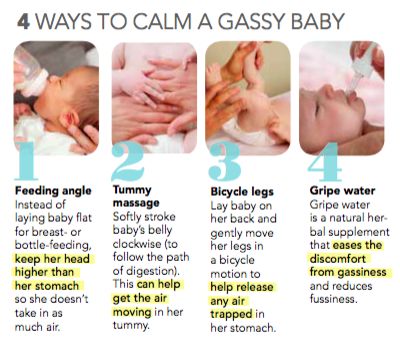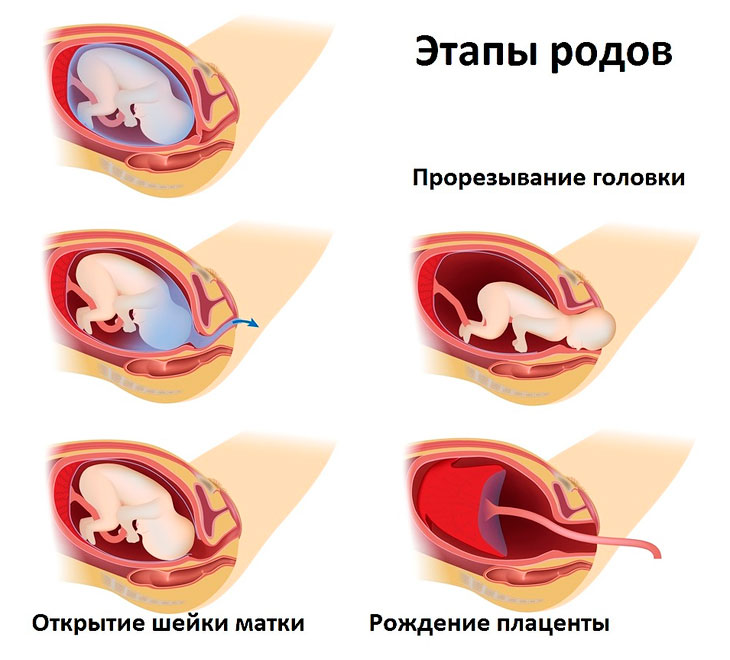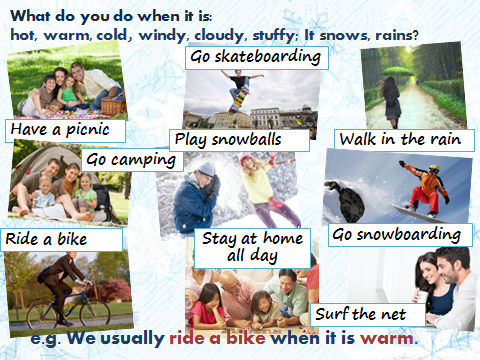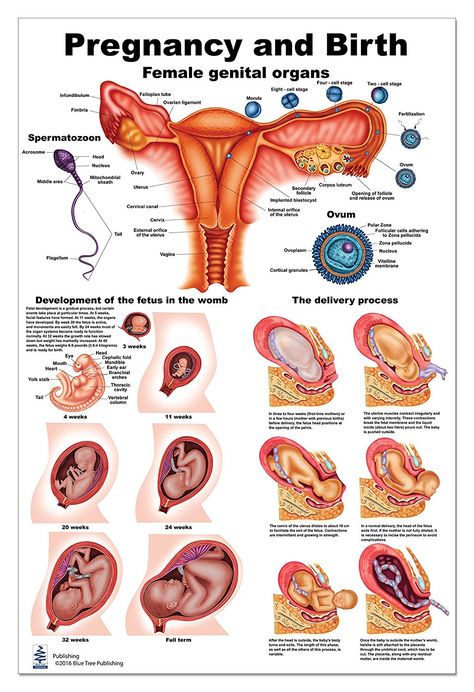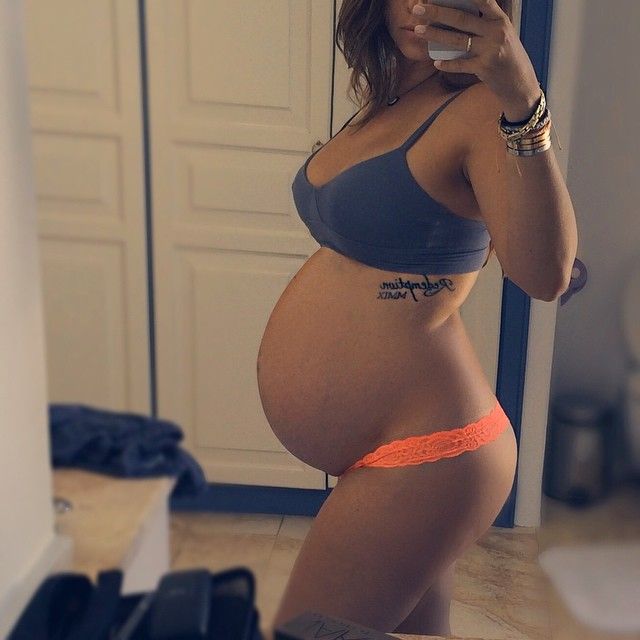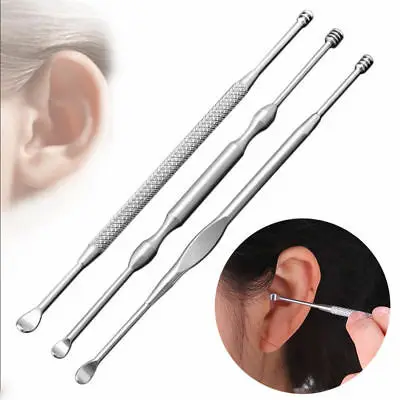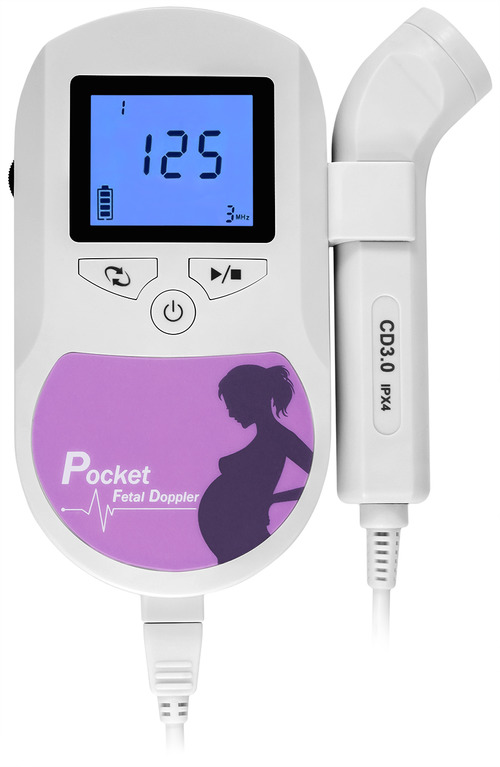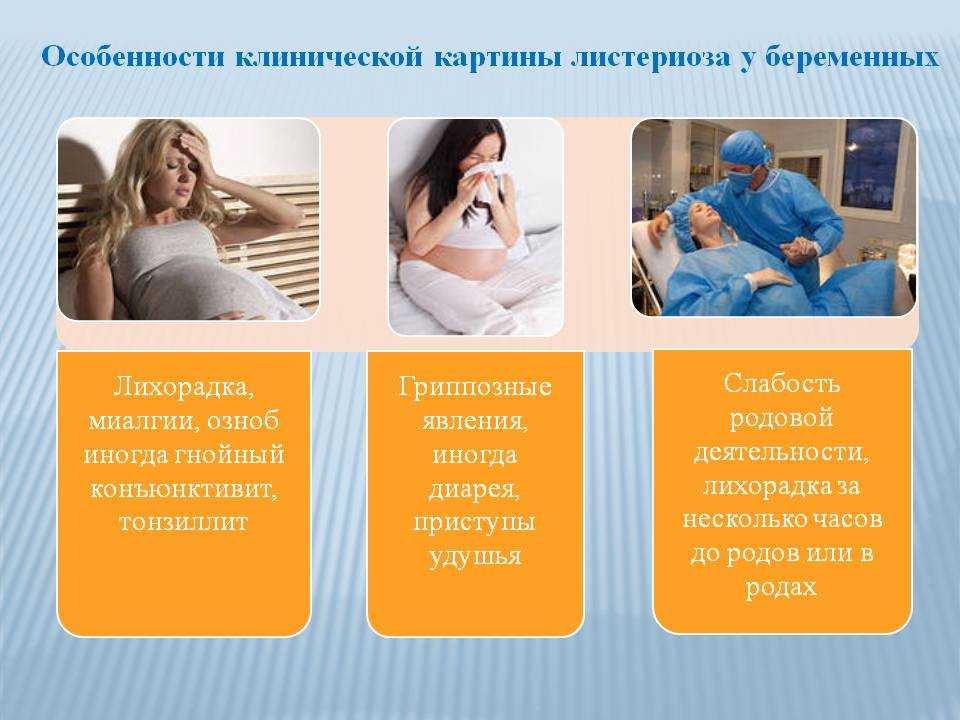When can you take a newborn in public
When Can Newborns Go Outside? Safety and More
Hello, fresh air and sunshine! Exiting the hospital with your new baby can be a magical moment. Unfortunately, it may also leave you with a sense of panic as you realize that your little one is now entering into the real world.
You may have heard from a friend or family member that newborns shouldn’t be outside for the first couple of months of their lives. Is this true? Should you really keep your baby inside for the first 6 to 8 weeks after birth?
If your anxiety is rising just thinking about this, don’t worry!
We understand that being a new parent can be overwhelming, so we’ve gone through the research to help answer all your questions about taking your newborn out and about for the first time.
Most pediatric health experts agree that babies can head outside right away, as long as you use basic safety precautions. (More on those to come, so keep calm and read on!)
Generally speaking, there’s no need to stay inside with your little one for the first 1 or 2 months of baby’s life if you both feel up to getting out. In fact, some fresh air and sunshine can benefit you both, thanks to vitamin D and mood-boosting benefits.
One exception to keep in mind, though, is that some doctors prefer you wait a bit before taking your little one into crowded spaces where they may be exposed to high levels of germs — especially during COVID-19 surges.
It is true that your newborn’s immune system is still developing and may struggle to fight off infections.
There are precautions you can take, though — like hand washing and physical distancing — to minimize the chance of your little one developing an illness.
For most infants, taking typical safety precautions while outside is sufficient to keep them safe.
In rare cases where your child has a health condition that makes their immune system particularly susceptible to germs, your doctor may advise you to take extra precautions. These can include staying at home during periods of specific concern.
If you’re ready to take your little one outside, you’ll want to make sure to follow appropriate safety measures. These include:
These include:
Dress them in weather-appropriate clothing
Double-check baby’s outfit to make sure it’s weather appropriate. You’ll probably also want to have a spare outfit or blanket packed, in case of an emergency change or if extra layers are needed.
A general rule of thumb is to dress your baby for the weather and then add one extra layer. You’ll want to check to make sure they’re comfortable throughout the outing as well.
Have a sun-protection plan
A little sunshine can be nice, but baby skin burns easier, so you’ll want to make sure that it’s covered with clothing and a sun hat or hidden in the shade.
Because infants are at a greater risk of sunscreen side effects, the Food and Drug Administration (FDA) and the American Academy of Pediatrics recommend keeping infants in the shade and out of direct sunlight. However, in a pinch it may be OK to apply small amounts of sunscreen to exposed skin. Just consult with your pediatrician first if your baby is younger than 6 months old.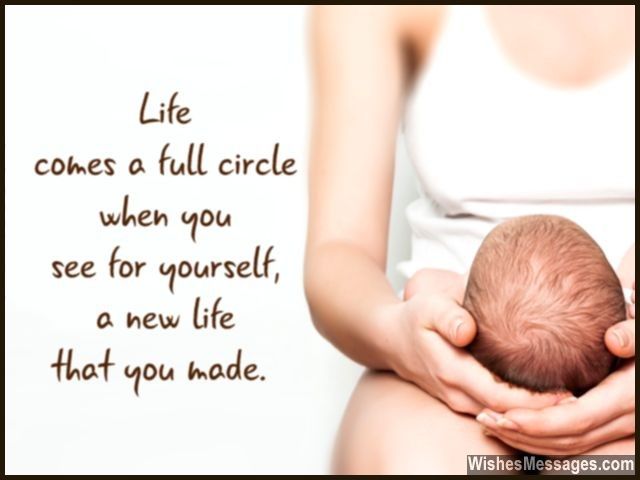
Avoid crowds
Crowded places like malls, airplanes, or pools mean that there’s more chances for germs to spread.
Especially in light of the COVID-19 pandemic, many experts encourage parents to avoid these places with their newborns.
If possible, it’s also best to avoid places like the grocery store and indoor restaurants where ventilation may be poor and you might have trouble physical distancing from other people.
Wash your hands — and make sure others do, too
Ensure that anyone who touches your baby has washed their hands. No one showing any symptoms of illness should come in contact with your newborn.
You may even wish to teach young siblings to touch only baby’s toes or back and not their hands or face. This may help reduce the risk of spreading germs.
Limit visitors
It might be hard to say no when well-meaning family and friends want to visit baby, but it’s good to limit who is allowed around your newborn.
Again, because of COVID-19, many experts are suggesting restricting visitors around you and your newborn until the pandemic improves.
Use a baby carrier
Babies can be irresistible! But wearing baby in a baby carrier rather than using a stroller can keep your little one close and help prevent other people from touching (or kissing!) them.
There are some times when you’ll want to think twice before loading baby into their car seat or stroller. You may wish to stay inside your home if:
- Extreme weather conditions are occurring. Mail carriers may brave wind, snow, sleet, and hail, but your newborn should avoid extreme temperatures and being outside in bad air quality whenever possible.
- Your child has a medical condition. If your newborn has special medical needs that leave them particularly susceptible to germs, you’ll want to consult with their doctor before taking them out and about.
- It’s peak sunlight hours. The middle of the day can be an especially hard time to find shade and protect your baby’s skin. For this reason, you may wish to avoid excessive time outside when the sun is at its strongest.
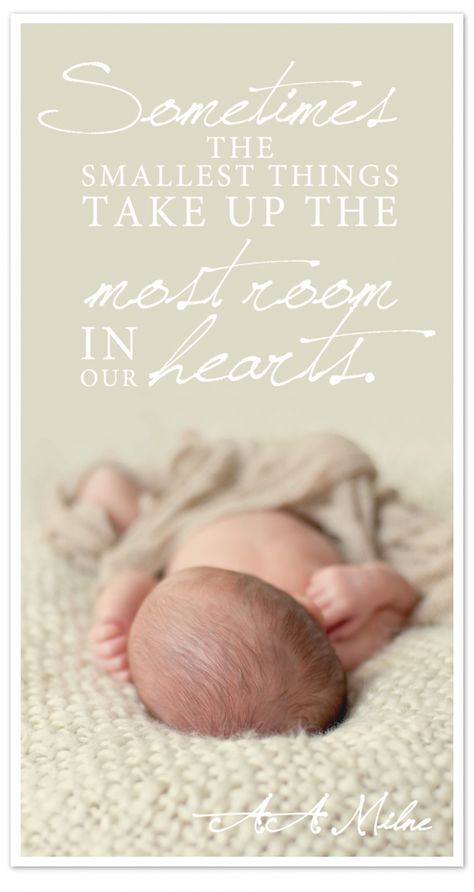
If you do need to go outside with baby for any reason, especially in warmer weather and for longer periods of time, be sure to bring plenty of breast milk or formula to keep them hydrated.
Most doctors agree that there’s no need to wait until your baby is 1 or 2 months old to take them out and about. However, you also shouldn’t feel pressure to do it before you’re ready.
Newborn babies can seem so delicate, you might want to put them inside a bubble of protection (or at least never let them see sunlight).
The truth is some sun protection, weather-appropriate clothing, and distance from crowds will probably be enough to keep them safe.
If you have any questions about taking your newborn outside or if your infant has special medical circumstances to consider, you should never hesitate to speak with your child’s pediatrician.
When Can Newborns Go Outside? Safety and More
Hello, fresh air and sunshine! Exiting the hospital with your new baby can be a magical moment.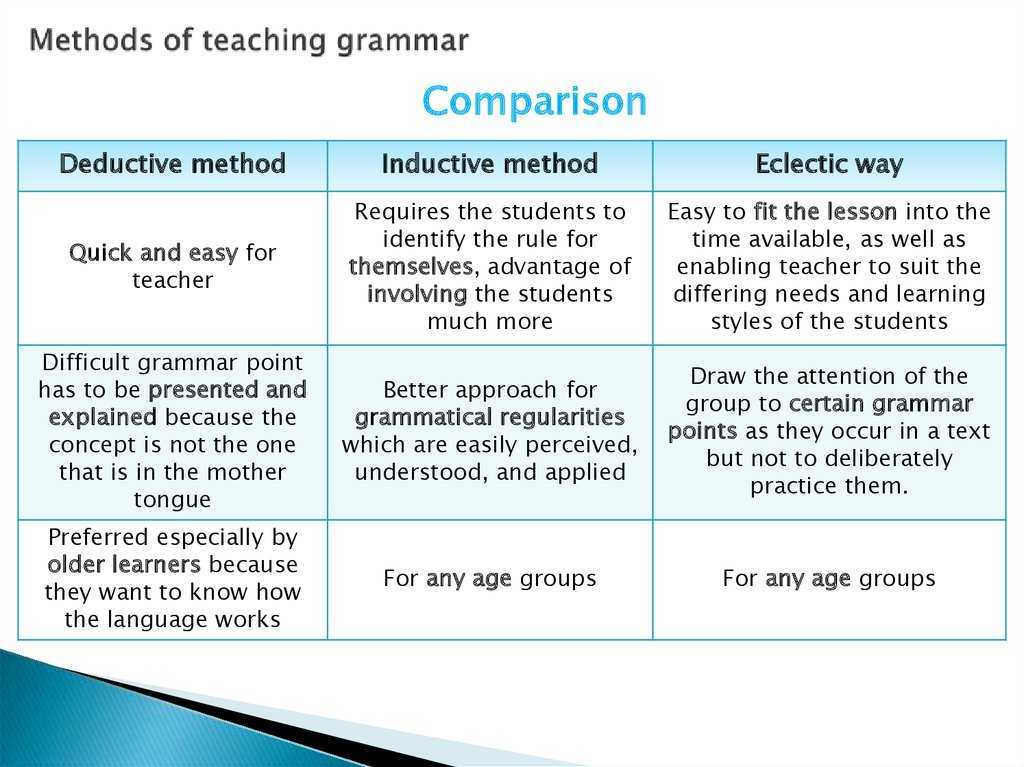 Unfortunately, it may also leave you with a sense of panic as you realize that your little one is now entering into the real world.
Unfortunately, it may also leave you with a sense of panic as you realize that your little one is now entering into the real world.
You may have heard from a friend or family member that newborns shouldn’t be outside for the first couple of months of their lives. Is this true? Should you really keep your baby inside for the first 6 to 8 weeks after birth?
If your anxiety is rising just thinking about this, don’t worry!
We understand that being a new parent can be overwhelming, so we’ve gone through the research to help answer all your questions about taking your newborn out and about for the first time.
Most pediatric health experts agree that babies can head outside right away, as long as you use basic safety precautions. (More on those to come, so keep calm and read on!)
Generally speaking, there’s no need to stay inside with your little one for the first 1 or 2 months of baby’s life if you both feel up to getting out. In fact, some fresh air and sunshine can benefit you both, thanks to vitamin D and mood-boosting benefits.
One exception to keep in mind, though, is that some doctors prefer you wait a bit before taking your little one into crowded spaces where they may be exposed to high levels of germs — especially during COVID-19 surges.
It is true that your newborn’s immune system is still developing and may struggle to fight off infections.
There are precautions you can take, though — like hand washing and physical distancing — to minimize the chance of your little one developing an illness.
For most infants, taking typical safety precautions while outside is sufficient to keep them safe.
In rare cases where your child has a health condition that makes their immune system particularly susceptible to germs, your doctor may advise you to take extra precautions. These can include staying at home during periods of specific concern.
If you’re ready to take your little one outside, you’ll want to make sure to follow appropriate safety measures. These include:
Dress them in weather-appropriate clothing
Double-check baby’s outfit to make sure it’s weather appropriate.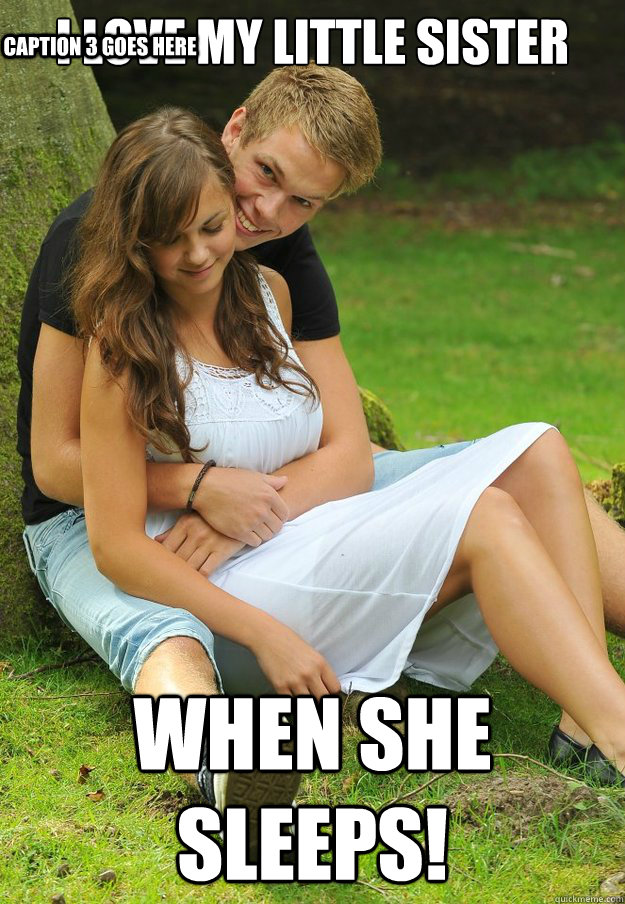 You’ll probably also want to have a spare outfit or blanket packed, in case of an emergency change or if extra layers are needed.
You’ll probably also want to have a spare outfit or blanket packed, in case of an emergency change or if extra layers are needed.
A general rule of thumb is to dress your baby for the weather and then add one extra layer. You’ll want to check to make sure they’re comfortable throughout the outing as well.
Have a sun-protection plan
A little sunshine can be nice, but baby skin burns easier, so you’ll want to make sure that it’s covered with clothing and a sun hat or hidden in the shade.
Because infants are at a greater risk of sunscreen side effects, the Food and Drug Administration (FDA) and the American Academy of Pediatrics recommend keeping infants in the shade and out of direct sunlight. However, in a pinch it may be OK to apply small amounts of sunscreen to exposed skin. Just consult with your pediatrician first if your baby is younger than 6 months old.
Avoid crowds
Crowded places like malls, airplanes, or pools mean that there’s more chances for germs to spread.
Especially in light of the COVID-19 pandemic, many experts encourage parents to avoid these places with their newborns.
If possible, it’s also best to avoid places like the grocery store and indoor restaurants where ventilation may be poor and you might have trouble physical distancing from other people.
Wash your hands — and make sure others do, too
Ensure that anyone who touches your baby has washed their hands. No one showing any symptoms of illness should come in contact with your newborn.
You may even wish to teach young siblings to touch only baby’s toes or back and not their hands or face. This may help reduce the risk of spreading germs.
Limit visitors
It might be hard to say no when well-meaning family and friends want to visit baby, but it’s good to limit who is allowed around your newborn.
Again, because of COVID-19, many experts are suggesting restricting visitors around you and your newborn until the pandemic improves.
Use a baby carrier
Babies can be irresistible! But wearing baby in a baby carrier rather than using a stroller can keep your little one close and help prevent other people from touching (or kissing!) them.
There are some times when you’ll want to think twice before loading baby into their car seat or stroller. You may wish to stay inside your home if:
- Extreme weather conditions are occurring. Mail carriers may brave wind, snow, sleet, and hail, but your newborn should avoid extreme temperatures and being outside in bad air quality whenever possible.
- Your child has a medical condition. If your newborn has special medical needs that leave them particularly susceptible to germs, you’ll want to consult with their doctor before taking them out and about.
- It’s peak sunlight hours. The middle of the day can be an especially hard time to find shade and protect your baby’s skin. For this reason, you may wish to avoid excessive time outside when the sun is at its strongest.
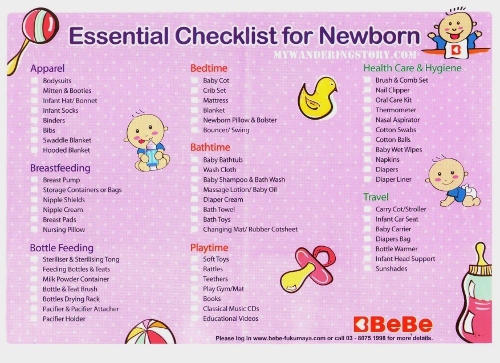
If you do need to go outside with baby for any reason, especially in warmer weather and for longer periods of time, be sure to bring plenty of breast milk or formula to keep them hydrated.
Most doctors agree that there’s no need to wait until your baby is 1 or 2 months old to take them out and about. However, you also shouldn’t feel pressure to do it before you’re ready.
Newborn babies can seem so delicate, you might want to put them inside a bubble of protection (or at least never let them see sunlight).
The truth is some sun protection, weather-appropriate clothing, and distance from crowds will probably be enough to keep them safe.
If you have any questions about taking your newborn outside or if your infant has special medical circumstances to consider, you should never hesitate to speak with your child’s pediatrician.
How to properly hold a baby in your arms
Bagdasaryan Kristina Genrihovna
Obstetrician-gynecologist, Ultrasound specialist
Clinic "Mother and Child" St. Petersburg
Petersburg
So, how to take the child from the supine position. Grasp his chest with both hands - thumbs in front, and the rest hold the back. If the baby is not yet able to hold his head, support it with your index fingers. Gently lift your baby up. Do not forget, your face turned to the child should always express the kindest feelings. Talk to the baby, tell him what you are doing, the voice should not be very loud, gentle.
Those who take a small child in their arms are divided into two categories: relatives who live with him under the same roof, and visitors. You should not allow a visitor to the child who has not taken off his outerwear, hat, street shoes, has not washed his hands with soap, has not freed his hands from rings, rings, watches, bracelets. The baby can be frightened by sharp extraneous odors, for example, the smell of tobacco, alcohol, perfume.
Sick people should not be allowed near the child - coughing, sneezing, as well as complaining of indigestion, suffering from skin diseases.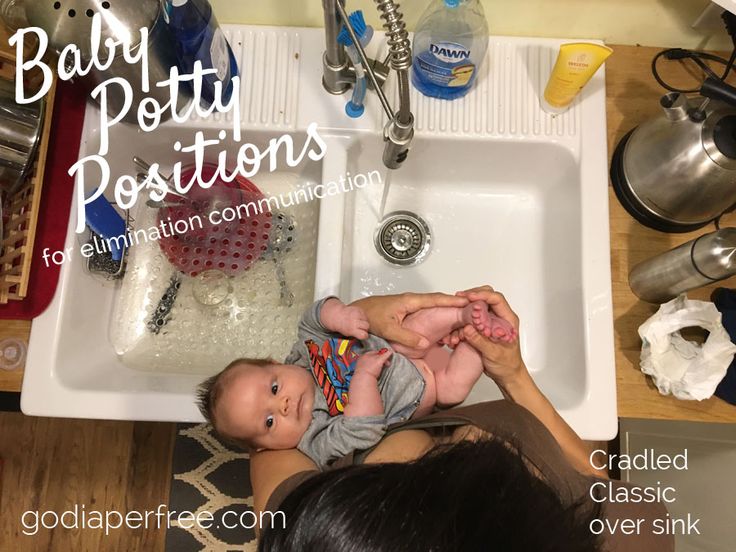
Even if loving relatives have come a long way on trains and planes to visit the baby, be persistent and keep the guests “in quarantine” for several days – will the infection picked up on the road show up? They may be offended, but the child will remain healthy! In order to more reliably protect the psyche and immune system of the child, it is useful in his first six months of life to limit the circle of people admitted to him. These are the rules, and no one - neither the formidable mother-in-law, nor the neighbor, nor the beloved boss - deserves an exception.
Some parents take the baby in their arms with unthinkable precautions, others, on the contrary, snatch it from the crib so famously. All these are extremes. So how should it be?
- do not make sudden movements when holding the baby
- never take it with one hand - only with both
- do not raise or lower the baby quickly, rapidly
- do not take it out of the crib by pulling on the handles
The position of the baby in the arms of the mother (or another adult), first of all, depends on his age, as well as on whether he will sleep or be awake. Up to 2-2.5 months (and sometimes longer), the baby’s head must be supported, so in a horizontal position (face up), arrange the baby on your arm so that the back of his head lies on your elbow, the back rests on your forearm, and your hands should support the buttocks and hips of the baby. You can put the baby on your forearm and stomach. In this case, the baby's head should be in the crook of the elbow, and your hands will close on the baby's stomach, and one hand will pass between the legs of the little one. If you want to hold the child in an upright position, for example, in order for him to burp excess air, then support his head and back: put one of your palms on the back of the baby’s head, with your forearm firmly press his body to you. With the other hand, fix the buttocks of the crumbs. In no case do not sit the child on your arm until he has confidently mastered the skill of sitting, which happens on average at the age of 6 months. From 2.5-3 months, you can already carry the baby, turning him away from you, holding him with one hand at chest level, with the other at hip level.
Up to 2-2.5 months (and sometimes longer), the baby’s head must be supported, so in a horizontal position (face up), arrange the baby on your arm so that the back of his head lies on your elbow, the back rests on your forearm, and your hands should support the buttocks and hips of the baby. You can put the baby on your forearm and stomach. In this case, the baby's head should be in the crook of the elbow, and your hands will close on the baby's stomach, and one hand will pass between the legs of the little one. If you want to hold the child in an upright position, for example, in order for him to burp excess air, then support his head and back: put one of your palms on the back of the baby’s head, with your forearm firmly press his body to you. With the other hand, fix the buttocks of the crumbs. In no case do not sit the child on your arm until he has confidently mastered the skill of sitting, which happens on average at the age of 6 months. From 2.5-3 months, you can already carry the baby, turning him away from you, holding him with one hand at chest level, with the other at hip level.
Depending on the age of the child, there are 6 ways to hold him in your arms.
Hanging. This method is good for babies up to 3 months old, when they still have trouble holding their head. With one hand, support the neck and back of the baby's head, with the other - the buttocks, while his torso may be slightly bent, and his face turned towards you. This situation opens up scope for the much-needed emotional contact with the mother and other loved ones for a small child. Do not forget that in order to avoid the development of one-sidedness, the baby's head must be supported either with the left or with the right hand - periodically changing them.
On the arm. Ideal for babies aged 3-6 months, although you can keep your baby this way almost from birth. He rests his head on your shoulder, you hold his feet with your hand, and your arms with your forearm. With your other hand, you support the baby under the buttocks. At the same time, the child's legs should be bent at the knee and hip joints and bred. Don't forget to alternate hands.
At the same time, the child's legs should be bent at the knee and hip joints and bred. Don't forget to alternate hands.
In front of the bust . Starting from 6 months, this way of holding the baby provides him with the same position as in the position on the back. The baby leans back against your chest, his legs are bent and divorced, the soles are in contact. Hold the baby's shins with your thumbs, the feet with the index, middle and ring fingers, and the buttocks with the little fingers. This position is useful for the development of the child: as well as on the back, he can play with his legs, improving movements, mastering his body and gaining an idea of \u200b\u200bspace.
In front of the stomach . In children from 7 months old, this method allows you to reproduce crawling in a plastunsky way - a motor skill that they just need to master at this age. With one hand, take the child under the chest, and pass the other between the legs, supporting the stomach. Don't forget to switch hands.
Don't forget to switch hands.
On the side. Suitable for babies from 10 months, when they are already sitting confidently. Take the child so that he wraps his legs around your side, and rests his back on your forearm. You should support the baby's knee with your hand, giving it a slightly bent position. One arm of the child is on your chest, the other is free. Please note: you need to wear a child in this position alternately from one side to the other.
And, finally, a universal and completely international way to carry children of any age. Holding the palm of your right hand under the breast of the baby, firmly press his back to your chest. With your left hand, grasp the child's right thigh, bending his legs at the hip joints. Please note: the weight of a child under 6 months should not fall on your hand supporting the baby's pelvis - this is harmful to his spine and can ruin his posture in the future.
The baby grows, his body weight increases, and it becomes difficult to carry the baby in his arms for a long time (especially after 3 months of age, when the weight of the child reaches an average of 7 kg).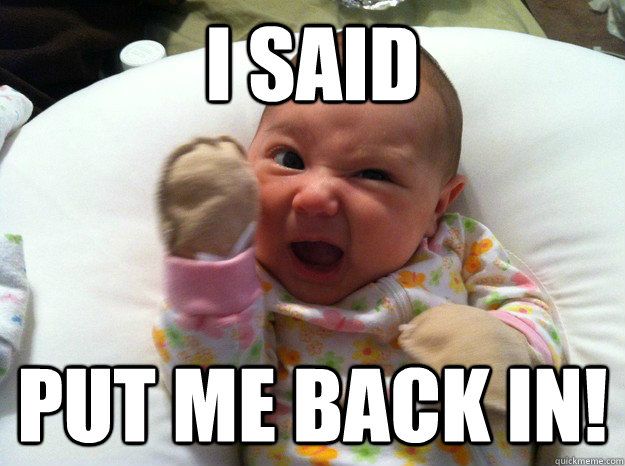 Here, assistive devices for carrying children, such as a baby sling and a kangaroo backpack, can help out for a while. A baby sling is a modern modification of a piece of fabric that provides close physical contact between mother and child. In addition, with it, if necessary, it is easier to breastfeed a child while on the street or in another public place. You can use a baby sling from birth to a year and a half. It all depends on the weight of the baby and your physical capabilities. It is also very important to find the optimal position for the child and for the mother, which would provide both with maximum comfort. The basic positions of the baby in a baby sling are horizontal, with support for the spine, and (for older children) raised vertical or sitting, when the baby is tightly pulled by the fabric. A kangaroo backpack can be used only after the baby learns to hold his head confidently and his back muscles get stronger. Preference should be given to backpacks with a rigid back.
Here, assistive devices for carrying children, such as a baby sling and a kangaroo backpack, can help out for a while. A baby sling is a modern modification of a piece of fabric that provides close physical contact between mother and child. In addition, with it, if necessary, it is easier to breastfeed a child while on the street or in another public place. You can use a baby sling from birth to a year and a half. It all depends on the weight of the baby and your physical capabilities. It is also very important to find the optimal position for the child and for the mother, which would provide both with maximum comfort. The basic positions of the baby in a baby sling are horizontal, with support for the spine, and (for older children) raised vertical or sitting, when the baby is tightly pulled by the fabric. A kangaroo backpack can be used only after the baby learns to hold his head confidently and his back muscles get stronger. Preference should be given to backpacks with a rigid back.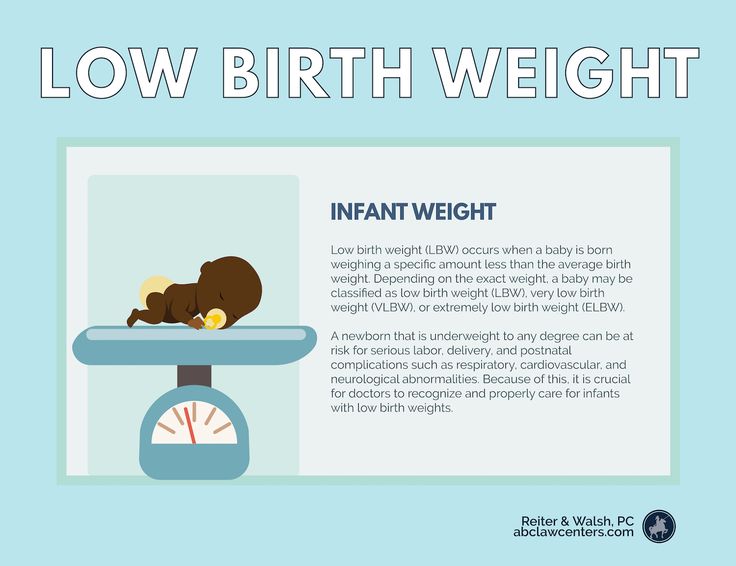 But, nevertheless, you should not get too carried away with a baby sling and a kangaroo backpack. Firstly, it is still more useful for the baby to lie on the hard mattress of the crib or stroller. Secondly, it is unlikely that the child will like to sleep while sitting in a backpack. And, thirdly, a long stay of a child in the same position, which causes an uneven load on different parts of the spine, can provoke a pathology of the musculoskeletal system. Therefore, it is not recommended to keep the baby in a baby sling and "kangaroo" for more than 40 minutes a day. When the child grows up a little, you can practice the pose when the baby sits on his mother's side, facing her. The advantages of this position: the mother has one hand free, and the child has an excellent view. If for health reasons it is not recommended for the mother to take the baby in her arms, then you can often put him on her stomach, put him on her knees.
But, nevertheless, you should not get too carried away with a baby sling and a kangaroo backpack. Firstly, it is still more useful for the baby to lie on the hard mattress of the crib or stroller. Secondly, it is unlikely that the child will like to sleep while sitting in a backpack. And, thirdly, a long stay of a child in the same position, which causes an uneven load on different parts of the spine, can provoke a pathology of the musculoskeletal system. Therefore, it is not recommended to keep the baby in a baby sling and "kangaroo" for more than 40 minutes a day. When the child grows up a little, you can practice the pose when the baby sits on his mother's side, facing her. The advantages of this position: the mother has one hand free, and the child has an excellent view. If for health reasons it is not recommended for the mother to take the baby in her arms, then you can often put him on her stomach, put him on her knees.
And, finally, many parents are concerned about the question, is it possible to spoil him by often taking the baby in his arms? If the needs of the child are not ignored, they are not denied affection and tactile contact, then this does not mean at all that he is spoiled and poorly educated. Love is not a synonym for bad parenting, especially if we are talking about a baby who is only a few weeks or months old. There is an opinion that it is impossible to spoil a child up to 12 months - until this age, all his "whims" are justified by needs, so an adult should indulge the baby in everything. And only when the baby reaches the year, parents should selectively treat his requests - based on what they are caused by. From this age, it is already possible to instill in the baby the concept that not only he, but also the people around him have needs.
Love is not a synonym for bad parenting, especially if we are talking about a baby who is only a few weeks or months old. There is an opinion that it is impossible to spoil a child up to 12 months - until this age, all his "whims" are justified by needs, so an adult should indulge the baby in everything. And only when the baby reaches the year, parents should selectively treat his requests - based on what they are caused by. From this age, it is already possible to instill in the baby the concept that not only he, but also the people around him have needs.
Harsh parenting methods, according to which taking a child in your arms means pampering him, ignore the natural need of the baby for the constant presence of the mother (or the one who cares for him). While promoting the principle of early formation of "independence", they have significant negative features. Firstly, a child who is deliberately separated from his mother does not develop a trusting, kind attitude towards the world, and this will certainly have a negative impact in his adult life. Secondly, the restriction of bodily contact between mother and baby does not contribute to the emergence of mutual feelings between them. It is not surprising that the child in such cases is perceived as a hindrance to the usual way of life and ordinary affairs. And the baby constantly needs communication and his crying is a call to everyone, and first of all to his mother. Indeed, even in those cases when, it would seem, there are no reasons for tears, the baby may burst into offended or angry crying - because he is not yet ready for loneliness, his biological connection with his mother is still too strong. Thirdly, it should be borne in mind that a strict attitude towards a child, when adults try not to show their feelings and emotions in relation to a child, is not a guarantee of a good upbringing of a child and his further success. Most often, a young mother has a lot of chores around the house. Therefore, if she often takes the baby in her arms, she will have to sacrifice some things.
Secondly, the restriction of bodily contact between mother and baby does not contribute to the emergence of mutual feelings between them. It is not surprising that the child in such cases is perceived as a hindrance to the usual way of life and ordinary affairs. And the baby constantly needs communication and his crying is a call to everyone, and first of all to his mother. Indeed, even in those cases when, it would seem, there are no reasons for tears, the baby may burst into offended or angry crying - because he is not yet ready for loneliness, his biological connection with his mother is still too strong. Thirdly, it should be borne in mind that a strict attitude towards a child, when adults try not to show their feelings and emotions in relation to a child, is not a guarantee of a good upbringing of a child and his further success. Most often, a young mother has a lot of chores around the house. Therefore, if she often takes the baby in her arms, she will have to sacrifice some things. In addition, carrying a child in her arms is also physically not very easy. In general, if desired, there are many reasons for minimizing physical contact with a child. Here you need to prioritize and decide what is more important for you - the daily routine or the development of the child. If you want to properly take care of the child and at the same time not start life, look for helpers-allies with whom you can do everything.
In addition, carrying a child in her arms is also physically not very easy. In general, if desired, there are many reasons for minimizing physical contact with a child. Here you need to prioritize and decide what is more important for you - the daily routine or the development of the child. If you want to properly take care of the child and at the same time not start life, look for helpers-allies with whom you can do everything.
Make an appointment
to the doctor - Bagdasaryan Kristina Genrihovna
Clinic "Mother and Child" St. Petersburg
PregnancyManagement of pregnancyManagement of pregnancy after IVFManagement of pregnancy in Rh-conflictGynecologyDiary of pregnancyImmunological causes of miscarriageConservative gynecologyConservative treatment of cervical pathologyContracts for the management of pregnancyTreatment of miscarriagePlanning pregnancyHLA compatibility
By clicking on the send button, I consent to the processing of personal data
Attention! Prices for services in different clinics may vary.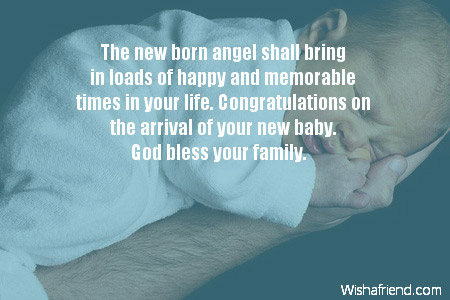 To clarify the current cost, select a clinic
To clarify the current cost, select a clinic
All areasSpecialist consultations (children)Therapeutic research
01.
Specialist consultations (children)
02.
Therapeutic research
Nothing found
The administration of the clinic takes all measures to update the price list posted on the website in a timely manner, however, in order to avoid possible misunderstandings, we advise you to clarify the cost of services and the timing of the tests by calling
Features of royal birth: how British monarchs are born
- Yana Litvinova
- Bi- BBC London
Subscribe to our Context Newsletter: it will help you understand the events.
Image copyright, Getty Images
Image caption,Physiologically, a queen's birth is no different from a washerwoman's, but when it comes to the future monarch, all formalities must be observed.
On April 23, the Duchess of Cambridge - nee Kate Middleton - gave the British Prince William the third heir, who (or who) will replace Harry, taking fifth place in line for the throne.
Third and fourth place, respectively, are siblings of the as yet unnamed baby, Prince George and Princess Charlotte.
The Duchess endured both first pregnancies quite hard, and the announcement of the birth of the third child in the hereditary family (after seven years of marriage) was met with universal rejoicing.
Without even waiting for Katherine to be taken to the hospital, dozens of people spent the day and night outside the hospital, periodically chanting the improvised rhyming chant "Kate, don't make us wait!" ("Kate, don't keep us waiting").
"But the noble lady and Judy O'Grady are otherwise equal"
However, apart from so much attention from the public, perhaps nothing unites monarchs and subjects more strongly than physiology. In order to give her husband an heir, both the wife of the heir to the throne and the wife of some small shopkeeper went through (and continue to go through) the same process for centuries.
- The British Royal Family: Everything you wanted to know
- Philip The politically incorrect: the prince's most scandalous remarks
- What's in my name: how the British royal family became the Windsors
Of course, queens always gave birth in more comfortable conditions, with more midwives and priests, but otherwise they were no different from other women of her era.
The author of the photo, Wellcome collection
Photo caption,In the Middle Ages, ideas about the female body were rather dubious (manuscript of the 13th century)
In medieval Europe, pregnancy and childbirth were considered a purely female matter, but theories about this were created exclusively by men, who were most often monks, the most educated class of any country.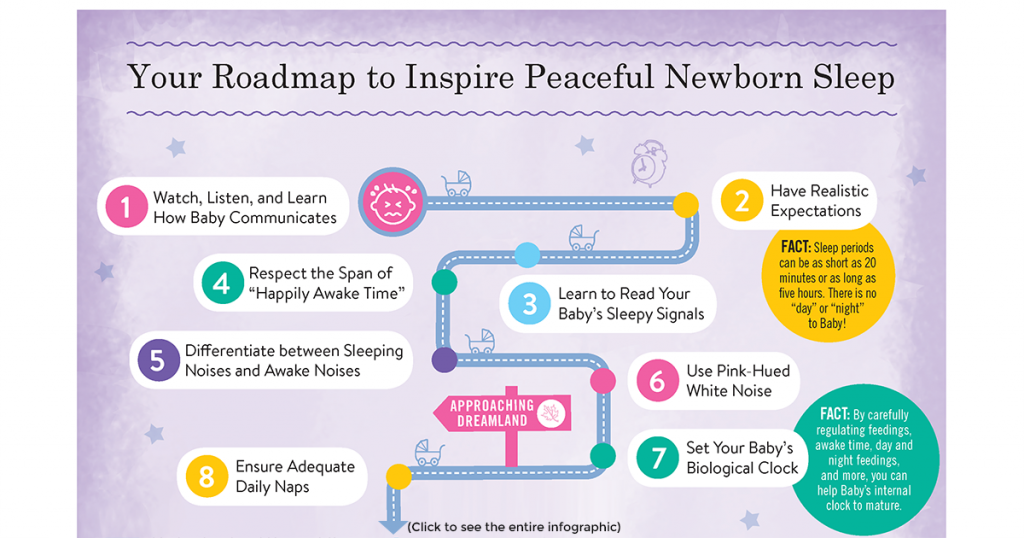
Agree that there is some kind of evil irony in the fact that the main specialists in childbearing and female anatomy were men who had never (theoretically) had sexual relations, had never seen the process of childbirth (men in the room to the woman giving birth was strictly forbidden) and generally considered the female body to be underdeveloped.
The author of the photo, Wellcome collection
Photo caption,However, ideas about what happens inside the female body were also not reliable. Thus, according to physicians of the 17th century, babies were located in the womb.
This somewhat unexpected conclusion proceeded from the premise that each male organ corresponded to an exact analogue in the female body, which, however, due to some defect, failed to develop outside the body and remained inside.
In addition, absolutely everyone was sure that the sex of the child is determined exclusively by the woman and that it can be quickly changed - even in the last few days before the birth. And if any baker could survive the birth of a daughter, then for the state as a whole it was unacceptable: the kings wanted to have a son!
And if any baker could survive the birth of a daughter, then for the state as a whole it was unacceptable: the kings wanted to have a son!
How to make a boy out of a girl
Photo author, Wellcome collection
Photo caption,Maternity ward. Engraving of the 15th century. The child has already been given to the nurse
It is not surprising that with such an approximate knowledge of female anatomy, the ideas of the entire progressive part of medieval humanity about what exactly determines the sex of an unborn child were ... well, medieval.
Firstly, everyone was sure that only the mother is responsible for the sex of the child.
Secondly, who matured there in the royal womb was influenced by what the queen looked at, what she ate and drank.
And thirdly, for several days before the moment of potential conception, the crowned lady could not eat any fruits or dairy products, but lean on spices if she wanted to give birth to a male child.
If, despite all the efforts of both parties, it still did not work out to conceive an heir, then there was a completely proven way to determine which of the potential parents was not able to create a child.
Image copyright Wellcome collection
Image captionA doctor holding a pot of urine. Medieval manuscript
"Take two clay pots, and let the woman give water (urine) to one of them, and the man to the other, and put in each of them an equal amount of wheat bran, but not too much, so that the pots are still liquid Mark the pots and let them stand for 10 days and 10 nights, and in one of them where small worms start, he cannot conceive, and if there are no worms in any of the pots, then the couple can have children if and when it will be the will of God."
History is silent about whether kings and queens were tested for fertility, but most likely not, as this could damage dynastic ties.
If things went without pots and the monarch's wife found herself in an interesting position, then the most interesting began.
Dark, hot, boring
Photo author, Wellcome collection
Photo caption,Maternity room in 16th century England. Diarama at the Museum of Medieval Medicine, London
Skip Podcast and continue reading.
Podcast
What was that?
We quickly, simply and clearly explain what happened, why it's important and what's next.
episodes
The End of History Podcast
Since the continuation of the dynasty was vital to the stability of the state, pregnant queens had to endure a whole bunch of rituals and traditions in order not to harm a potential heir - and if possible, themselves.
Exact statistics are unknown to us, of course, but historians believe that in medieval Europe, every third woman died while in childbearing age.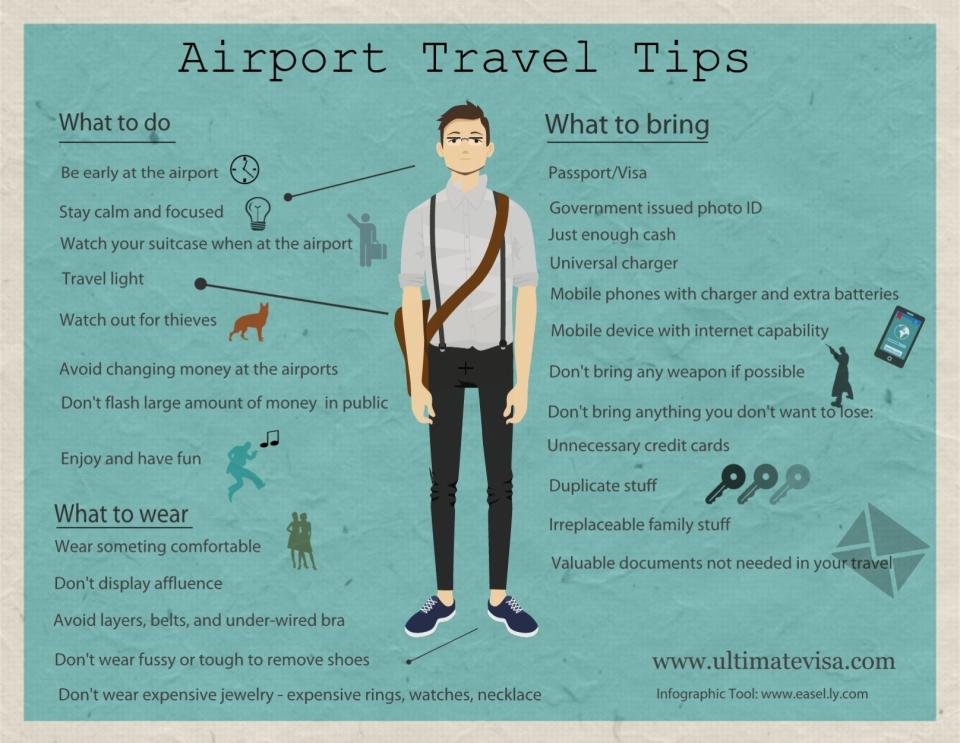 What percentage of this third died directly from childbirth is difficult to say, but certainly not small.
What percentage of this third died directly from childbirth is difficult to say, but certainly not small.
The danger was so real that among wealthy ladies it was customary to make a will just before the start of the process.
A few weeks before the birth, each queen attended a special church service, during which she asked for God's blessing before the upcoming test. After that, the expectant mother was solemnly escorted to special maternity wards.
From that moment on, no man - be it a husband, a doctor or even a priest - was allowed into these rooms.
Photo author, Wellcome collrction
Photo caption,Experienced midwives have long realized that gravity can also help during childbirth
All windows were tightly closed. There was only one window left open, which was opened from time to time to let in some fresh air.
Bright daylight was considered too dangerous for the expectant mother.
The walls of the room were hung with carpets and tapestries depicting all kinds of soothing scenes, so that the woman in labor would not get too excited and thus harm the child.
The floor was covered with fragrant herbs - both to give a certain pleasantness to the atmosphere, and in order not to make too much noise. In other words, the future mother of a royal child was actually sent to carry (or rather, lie down) her child in an environment as close as possible to the female womb.
Danger at every turn
Photo copyright, Getty Images
Photo caption,Henry VIII with his first three wives and children. Jane Seymour, although third in a row, is the only one who sits - like a queen who managed to give Henry an heir. Engraving of the 19th century
Frankly speaking, the queen or not the queen, but until the 19th century, ideas about hygiene were very different from ours.
Even the queens of the richest and most progressive countries gave birth in conditions that - by our today's standards - were completely unsanitary.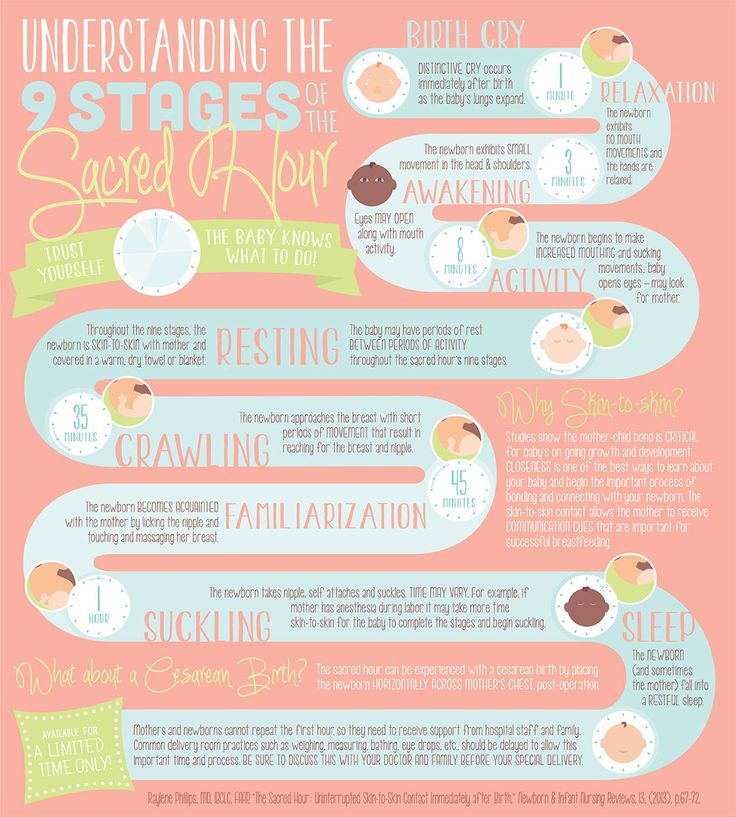 Postpartum infections were widespread and always ended in the death of the mother, and often the infant too.
Postpartum infections were widespread and always ended in the death of the mother, and often the infant too.
Jane Seymour, the third wife of loving Henry VIII, died of such a complication - however, she managed to give her husband a long-awaited heir.
In order to avoid such a sad end, there was another proven remedy - a drink consisting of beaten eggs, cream, oatmeal and wine. It was believed that he supports the forces of the woman in labor. It is unlikely that this mixture had a strong influence on the result (and the taste of it, one must think, was doubtful), but at least the wine could somewhat reduce the pain. As they say, thanks for that.
Defiled Majesty
Photo author, Wikimedia Commons
Photo caption,"Cleansing" after childbirth was practiced everywhere in medieval Europe (a fragment of Holbein's painting)
to give the country and the wife of an heir, then her ordeals did not end there.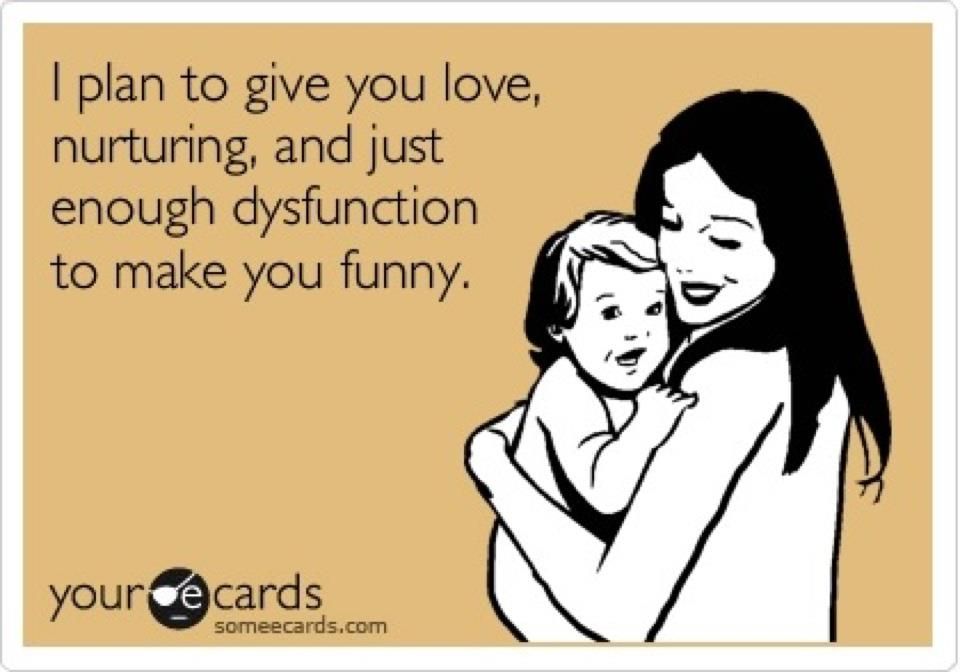
The baby was immediately presented to the public and solemnly baptized. Then, in honor of the joyful event, knightly tournaments, theatrical performances and folk festivals were organized.
The last beggar could be present at the feast, while the main hero of the occasion was forced to hide from prying eyes for another six weeks and returned to her royal duties only after a special "cleansing" in the church.
However, it must be admitted that the whole process of childbirth was so dirty and unpleasant that a certain dose of purification could not hurt.
Not a man's business
Image copyright Wellcome collection
Photo caption,Midwives and midwives were one of the oldest, if not the most ancient, professions (engraving of the 17th century)
It's hard to believe, but until the middle of the 17th century, no doctor helped English queens during childbirth.
For this purpose, there was a small army of midwives, nannies, ladies-in-waiting - and in general any women who could at least somehow help.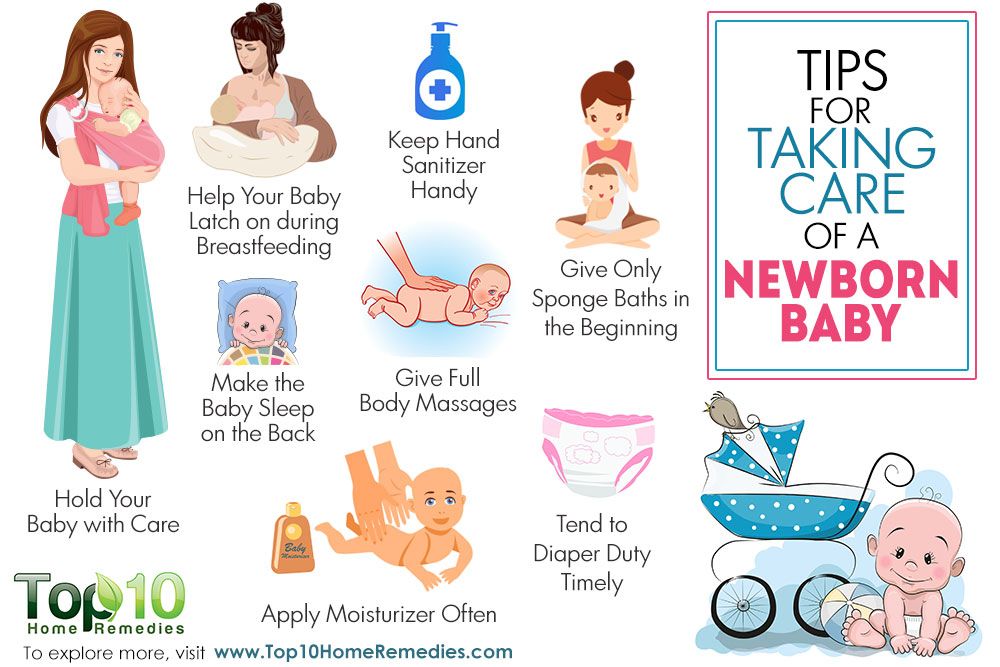
The main role, of course, was played by midwives, who were subject to the most stringent requirements. They had to prove that they had sufficient knowledge (to present a list of ladies who successfully relieved their burden under their able guidance) and that they had never been seen in anything reprehensible or illegal. As you understand, entrusting the birth of the future monarch to anyone was unthinkable.
In addition, each of them had to swear on the Bible that they would not try to sneak away valuable items such as the umbilical cord or placenta, since both the first and the second were absolutely indispensable components for making witchcraft potions.
Photo credit, Wikimedia Commons
Photo caption,The eldest daughter of Queen Victoria and Prince Albert, also Victoria, was the first royal child in England to have her father present in 1840
The first consort of the Queen to be present at the birth was Victoria's husband, Prince Albert. She herself did not mind at all and even wrote about him in her diary: "It would not be possible to find a kinder, wiser, more reasonable and calmer sister of mercy."
She herself did not mind at all and even wrote about him in her diary: "It would not be possible to find a kinder, wiser, more reasonable and calmer sister of mercy."
By this time, male doctors were already admitted to the royal birth, but they were strictly forbidden to look at the patient. You can touch, but you can't look. And get out as you know.
Do not believe your eyes
Photo credit, Wikimedia Commons
Photo caption,Mary of Modena with her son, who never became King James III: the country simply refused to believe that he was really a royal child
After the civil war, Cromwell's reign and restoration on the throne of the son of the executed Charles I, monarchs in Britain were no longer treated with due reverence.
Even "the fruit of royal marriage" is no longer taken for granted. That is, we, of course, see that this is a child, and now prove that he is really royal!
This skepticism about the reproduction of the monarch was very useful if you did not like the monarch himself. What the last of the Stuarts, James II, was convinced of from his own experience, whom many subjects did not like very much because he was an ardent Catholic.
What the last of the Stuarts, James II, was convinced of from his own experience, whom many subjects did not like very much because he was an ardent Catholic.
By the time when his second wife, Mary of Modena, it was time to give birth (the king already had two daughters, but the boy received priority of succession to the throne over his sisters), the country was full of rumors that the queen was not pregnant at all, and they wanted to deceive the people, secretly dragging some strange baby into her bedchamber through a special secret door made at the head of her bed.
The author of the photo, Hulton Archive
Photo caption,Yakov was succeeded on the throne by his daughter from his first marriage Maria and her husband William of Orange. True, none of their 18 children survived infancy.
Other authoritative sources assured that they knew perfectly well that the queen had already given birth to a dead baby, and now everything was ready to replace him.
In order to put an end to the rumors, it was decided to invite 70 respected people to the palace who could confirm that they saw with their own eyes how this particular baby was born to this particular queen.
However, it still did not help, and the people did not fully believe that Yakov had indeed had a son. And then this question became completely irrelevant, since disgruntled subjects pushed the king along with the heir out of the country (it’s good that they weren’t beheaded), replacing him with his eldest daughter Mary (from his first marriage) and her husband, William of Orange.
Too noble to endure pain
Image copyright, Science Museum, London
Photo caption,Inhaler for anesthesia with chloroform. Something like this was used by Queen Victoria at the birth of her eighth child, Prince Leopold. Chloroform she liked
The Christian religion insisted that pain during childbirth is a consequence of original sin.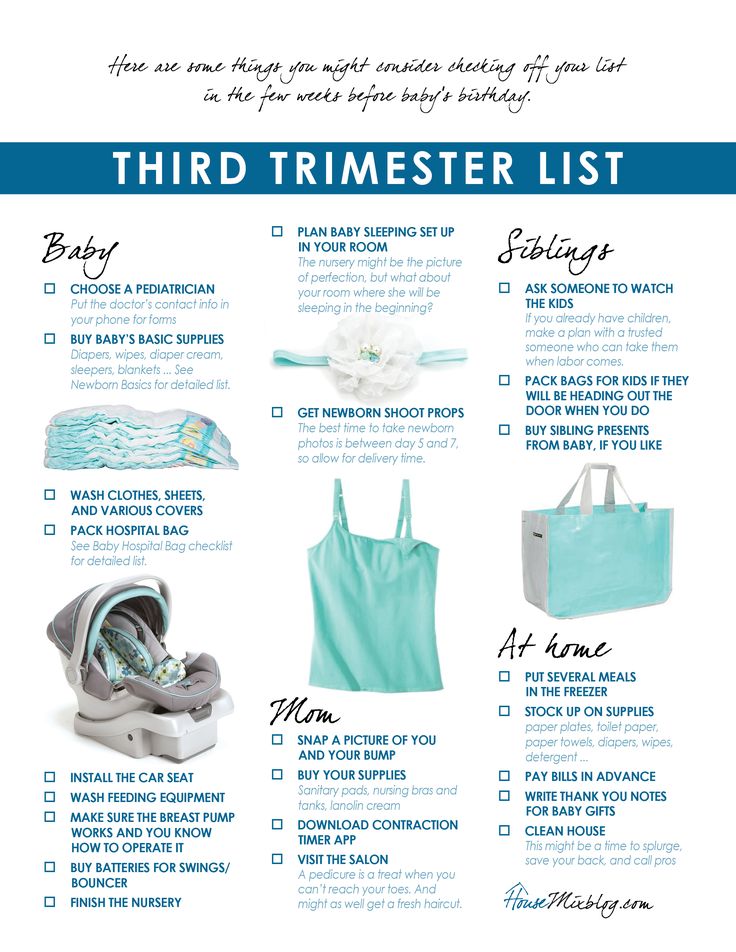 And although some freethinkers doubted that the entire female family had to pay for a single apple, the sad reality was that everyone had to give birth in agony - regardless of social status.
And although some freethinkers doubted that the entire female family had to pay for a single apple, the sad reality was that everyone had to give birth in agony - regardless of social status.
This had to be put up with until Queen Victoria (mother of nine) decided to try chloroform anesthesia for the first time during the birth of her eighth child, Prince Leopold.
"Oh, blessed chloroform," she wrote of the experience, "immeasurably soothing and delightful!"
It cannot be said that everyone agreed with her opinion. Still, such a relief went against the teachings of the Church. However, Victoria was indignant, insisted on her own, and soon other noble ladies began to demand that the doctors ease their suffering.
Image copyright, Getty Images
Image caption,After Queen Victoria, birth anesthesia has come a long way. Now one of the most common ways is epidural anesthesia
Doctors did not mind, although at first they did not refuse small experiments, offering their patients various painkillers - from the same chloroform to opium and cocaine.
And for those women who did not want to have anything to do with the birth of their own children, the doctors concocted a special cocktail called "dream at dusk." It was such a wild mixture that some women in labor then did not remember anything at all, while others suffered from hallucinations that were not always pleasant, fell into a rage, and they even had to be tied to beds.
Times change, traditions remain
The author of the photo, Getty Images
Image caption,Prince Charles was the first royal baby not to have a Home Secretary at the door at birth
the Minister of the Interior was present. True, it seemed that this had nothing to do with the desire to make sure that the child was really royal, since the minister was waiting outside the door.
Elizabeth II ended this tradition shortly before the birth of Prince Charles.
The Queen herself was born by caesarean section, which was delicately reported in the newspapers as follows: "The Duchess was relieved of her daughter's burden after performing the necessary procedure. "
"
Royal children do not need surnames because they have titles. However, there is a dynasty - Windsor - for official use, and a family name combining the names of the Queen and the Duke of Edinburgh: Windsor-Mountbatten.
For the rest of the public, something simple and straightforward is enough: His Royal Highness Prince George. We already know very well who it is.
Image copyright, Getty Images
Image caption,"The Duke and Duchess of Cambridge are honored to announce the birth of their daughter." The announcement of the addition to the royal family on a traditional music stand in the courtyard of Buckingham Palace.
The announcement of the birth of each new child in the royal family is posted on a special music stand in the front yard of Buckingham Palace.
The Queen herself is notified of the birth first, then the senior members of the royal family and the mother's parents. And only then the royal orderly goes with a police escort from the hospital to the palace.
After the official notification of the nation in accordance with tradition (on the music stand), the corresponding messages are now published on the official pages of the royal family in social networks. The monarchy, of course, is an ancient institution, but it is ready to be slightly modernized.
The birth of children in the royal family is still accompanied by 41 volleys from guns installed in the royal Green Park. 21 volleys is the standard royal salute (anywhere), plus another 20 since the park is owned by the royal family.
Image copyright, Getty Images
Image captionFireworks to celebrate the birth of Prince George in Green Park in 2013
And the Tower of London has fired 62 volleys: 21 is the standard royal number, 20 because the Tower also belongs to crown, and 21 more because it is located in the City of London.
On all government buildings, warships and objects of the Ministry of Defense, the British national flag "Union Jack" is compulsorily raised (if it suddenly did not hang before).